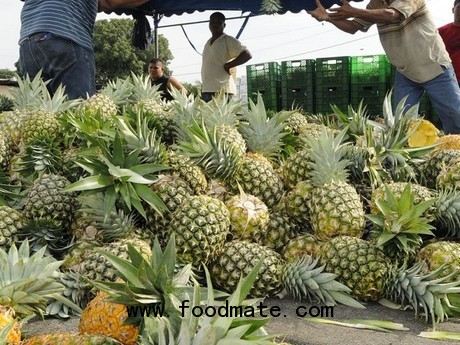According to a report from the Comptroller, the total number of tax exemptions and incentives endorsed amounted to $96.7 million. In 2010, this figure was of $103.1 million.

The saving was especially good in incentives for exports. Tax Credit Certificates (TCC) fell by $15.5 million and Euro certificates by 631 thousand dollars. But where are these products going? A part of them go overseas and the rest is distributed in the domestic market.
Data from Panama's Tourism Authority reveal that from January to September 2012, the country was visited by 530,574 tourists, which is 6.9% more than in 2011. The growth of the tourism industry absorbs a large part of the fresh product supply.
Florencio Edwin Pérez, of Panama's Non Traditional Agro-exporters Union, says that the domestic market has become very attractive, but the foreign market is still the priority.
The representative of the Royal Decameron hotel chain, Jorge Loaiza, agrees with Pérez, assuring that with the increase in accommodation and tourist operator options, the consumption of national products also rises.
Alicia Jiménez, General Director of Foreign Trade Services of the Ministry of Trade and Industry (MICI) states that the decline in both subsidies is due to the completion of these programs.
The CAT disappeared in April 2010 with the execution of the Certificate for Export Promotion (CEFA). However, transactions continued and their use was extended for another year (2012) because some certificates still need to be endorsed.
Euro certificates are in a similar situation. They were created in 2008, when Panama lost the Generalised System of Preferences (GSP-plus) granted by the European Union, but once recovered, the former had to stop.
Given the end of both subsidies, it was announced that the MICI has $12 million for Certificates of Agricultural Export Promotion, which help boost fresh and processed product exports.
During 2011, the Comptroller General endorsed 1,197 CEFA, recording a value of $8.6 million, from which 54 exporters profited.
This figure, a year before, was of just $1.9 million, which represents an increase of $6.7 million.





